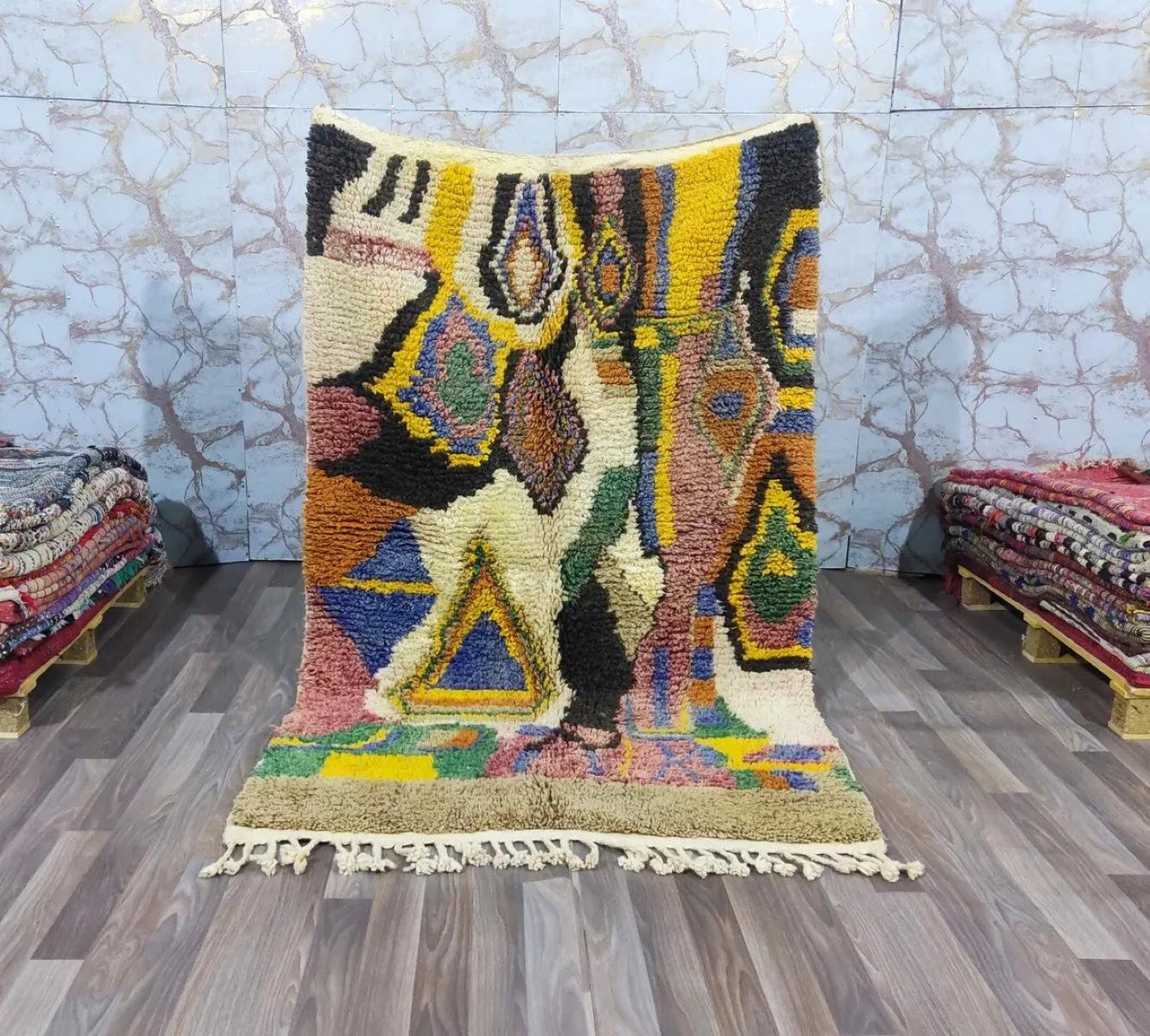

Articles
How To Store Wool Rugs
Modified: October 18, 2024
Discover the best methods and tips to store wool rugs in this helpful collection of articles. Keep your rugs in pristine condition and prolong their lifespan by following these expert recommendations.
(Many of the links in this article redirect to a specific reviewed product. Your purchase of these products through affiliate links helps to generate commission for Storables.com, at no extra cost. Learn more)
Introduction
Wool rugs are not only beautiful additions to any home decor, but they also require proper care and maintenance to ensure their longevity. One aspect of maintaining wool rugs is storing them correctly when not in use. Whether you need to store a wool rug during a seasonal transition or if you simply want to keep it safe while redecorating, proper storage techniques are key to preserving its beauty and integrity.
In this article, we will guide you through the process of storing wool rugs in a way that will protect them from damage and ensure their longevity. We’ll cover everything from choosing the right storage space to cleaning and preparing the rug before storage, as well as the proper techniques for rolling, wrapping, and storing the rug. Additionally, we will provide tips for monitoring and maintaining the storage area and offer some guidance on long-term storage of wool rugs.
So, whether you’re a seasoned rug owner or a newbie, let’s dive in and learn how to store wool rugs properly, ensuring they remain in pristine condition for years to come.
Key Takeaways:
- Proper storage of wool rugs is crucial for preserving their beauty and longevity. From choosing the right storage space to cleaning and preparing the rug, following these steps will ensure your wool rug remains in excellent condition during storage.
- Monitoring and maintaining the storage area is essential for safeguarding your wool rug. Regular inspections, addressing moisture issues, and ensuring proper air circulation will help preserve the rug’s quality and appearance.
Read more: How To Store A Wool Rug
Choosing the Right Storage Space
When it comes to storing wool rugs, selecting the proper storage space is crucial. The environment in which the rug is stored can greatly impact its condition over time. Here are some factors to consider when choosing the right storage space:
- Climate Control: Wool rugs are sensitive to fluctuations in temperature and humidity, which can lead to damage such as mold and mildew growth. Choose a storage space that maintains a consistent temperature between 60-75°F (15-24°C) and a relative humidity level below 55%. This will help prevent any moisture-related issues.
- Cleanliness: It’s important to store wool rugs in a clean and dust-free environment. Avoid storing them in areas prone to dust accumulation, such as basements or attics. Instead, opt for a clean and well-ventilated room or a storage unit that has been thoroughly cleaned beforehand.
- Protection from Sunlight: Wool rugs are susceptible to sun damage, including fading and discoloration. Choose a storage space that is away from direct sunlight or has proper window coverings to block out UV rays. If storing the rug in a storage unit, ensure that it is not exposed to natural light.
- Security: Consider the security of the storage space. It should be equipped with sturdy locks and preferably have security cameras or personnel on-site to deter theft.
- Space: Ensure that the storage area has enough space for the rug to be stored without being folded or compressed excessively. This will help maintain its original shape and prevent creases or wrinkles.
- Elevated Storage: If possible, opt for storage options that keep the rug off the ground, such as elevated shelves or pallets. This will protect the rug from potential water damage in the case of flooding or leaks.
By carefully choosing the right storage space, you can ensure that your wool rug remains well-protected and preserved during its time in storage. In the next section, we’ll discuss the steps to clean and prepare the rug before storing it.
Cleaning and Preparing the Wool Rug
Before storing a wool rug, it’s essential to clean and prepare it properly to prevent any dirt, stains, or moisture from causing damage while in storage. Here are the steps to follow:
- Vacuum Thoroughly: Begin by thoroughly vacuuming the rug on both sides to remove any dust, dirt, or debris that may be trapped within the fibers. Use a vacuum cleaner with a brush attachment or a canister vacuum to avoid pulling or snagging the rug.
- Spot Clean Stains: If there are any visible stains or spills on the rug, it’s crucial to address them before storage. Follow the manufacturer’s instructions for spot cleaning, or consult with a professional rug cleaner for guidance. Avoid using harsh chemicals or excessive amounts of water, as this can damage the wool fibers.
- Allow for Drying Time: If you have spot cleaned the rug or if it has been exposed to moisture, ensure that it is completely dry before storing. Lay the rug flat on a clean surface and allow it to air dry naturally. It’s important to avoid folding or storing a damp rug, as this can lead to mold and mildew growth.
- Treat for Moths and Insects: Wool rugs are attractive to moths and carpet beetles, which can cause significant damage. To prevent infestations, treat the rug with moth repellents or natural remedies, such as cedar chips or lavender sachets. Place these treatments near the rug, but avoid direct contact to prevent any staining or discoloration.
- Consider Professional Cleaning: If your wool rug requires a deep clean or if it has not been cleaned in a while, it may be beneficial to have it professionally cleaned before storage. Professional rug cleaners have the expertise and equipment to thoroughly clean and treat wool rugs without causing any damage.
By following these cleaning and preparation steps, you can ensure that your wool rug is free from dirt, stains, and potential pest issues before placing it in storage. In the next section, we’ll discuss the proper techniques for rolling, wrapping, and storing the rug.
Rolling and Wrapping the Wool Rug
Once you have cleaned and prepared the wool rug, the next step is to roll and wrap it properly to ensure its protection during storage. Below are the steps to follow:
- Prepare a Clean Surface: Find a clean and spacious area where you can roll out the rug. Make sure the surface is free from any dust, debris, or potential stains.
- Place a Protective Layer: Lay a clean cotton or muslin sheet on the surface to provide a protective layer for the rug. This will help prevent any direct contact with the surface and avoid any potential color transfer or friction damage.
- Roll the Rug: Start by rolling the rug tightly from one end to the other. Begin with the shorter side and roll towards the longer side. Apply gentle pressure as you roll to ensure a tight and even roll. Avoid rolling the rug too loosely, as it may lead to creases or wrinkles.
- Secure the Rolled Rug: Once the rug is rolled, use cotton twine or rug straps to secure it in place. Tie the twine or straps around the rolled rug at regular intervals to prevent it from unraveling. Be cautious not to tie the rug too tightly, as this can damage the fibers.
- Wrap the Rug: After securing the rolled rug, wrap it in the protective cotton or muslin sheet. Start from one end and wrap it around the entire roll, making sure the entire rug is covered. You can use additional sheets or a plastic rug wrap for added protection.
- Label and Document: It’s a good practice to label the wrapped rug with its contents and the date of storage. This will help you easily identify and locate the rug when needed. Additionally, consider documenting the rug’s condition with photographs or a written description for insurance purposes.
By following these steps to roll and wrap the wool rug, you can ensure that it is securely protected and ready for storage. In the next section, we’ll discuss the proper techniques for storing the rug to maintain its integrity.
To store wool rugs, make sure they are clean and completely dry before rolling them up. Store them in a cool, dry place to prevent mold and mildew. Avoid storing them in plastic bags, as this can trap moisture.
Storing the Wool Rug Properly
After rolling and wrapping the wool rug, it’s essential to store it properly to maintain its condition and protect it from damage. Here are some tips for storing the rug:
- Choose a Flat Surface: Find a flat and even surface for storing the rug. This can be a clean and dry floor, a storage shelf, or a rack specifically designed for rug storage. Avoid storing the rug on top of other items, as this can lead to unnecessary pressure and deformation.
- Avoid Stacking: Unless you have multiple rugs that need to be stored together, it’s best to avoid stacking them on top of each other. Stacking can cause additional weight and compression, potentially leading to creases, wrinkles, or distortion of the rug’s shape.
- Keep Away from Moisture: Ensure that the storage area is dry and moisture-free. Moisture can lead to mold, mildew growth, and other forms of damage to the rug. If the environment tends to be humid, consider using moisture-absorbing products such as silica gel packets or dehumidifiers in the storage area.
- Avoid Exposure to Direct Sunlight: Direct sunlight can cause fading and discoloration of the rug over time. Choose a storage location away from windows or areas with excessive sunlight. If the storage area has windows, consider covering them with blinds or curtains to protect the rug from harmful UV rays.
- Avoid Temperature Extremes: Extreme temperatures, whether hot or cold, can have adverse effects on the rug. Avoid storing it in areas prone to extreme temperature fluctuations, such as garages or uninsulated attics. Aim for a storage area with a stable and moderate temperature.
- Regularly Inspect and Rotate: It’s important to periodically inspect the stored rug for any signs of damage, pests, or moisture accumulation. Additionally, consider rotating the rug every few months to prevent prolonged pressure on specific areas.
- Avoid Plastic Bags: While it may be tempting to use plastic bags for storage, they can trap moisture and lead to mold or mildew growth. It’s best to opt for breathable materials such as cotton or muslin sheets or specific rug storage bags that promote airflow.
- Keep the Storage Area Clean: Regularly clean the storage area to prevent dust or debris from settling on the rug. Vacuum or sweep the area periodically to maintain a clean environment.
By following these storage tips, you can ensure that your wool rug remains well-preserved and protected during its time in storage. In the next section, we’ll discuss monitoring and maintaining the storage area to further safeguard the rug.
Read more: How To Clean Wool Area Rugs
Monitoring and Maintaining the Storage Area
While storing your wool rug, it’s important to regularly monitor and maintain the storage area to ensure optimal conditions for the rug’s preservation. Here are some tips for monitoring and maintaining the storage area:
- Regular Inspections: Periodically check on the rug to ensure there are no signs of pests, moisture, or any other issues. Look for any visible signs of damage, such as mold growth, insect infestations, or discoloration.
- Addressing Moisture Issues: If you notice any signs of moisture in the storage area or on the rug, take immediate action. Dry out the affected area and address any potential sources of moisture, such as leaks or excessive humidity. Use moisture-absorbing products like silica gel packets or dehumidifiers to maintain a dry environment.
- Pest Prevention: Regularly check for any signs of pests, such as moths or carpet beetles. If you notice any infestation, take necessary measures to eliminate the pests. This might include using insect repellents, vacuuming regularly, and keeping the storage area clean and free from food sources for pests.
- Air Circulation: Ensure proper air circulation within the storage area to prevent stagnant air and potential mold growth. If possible, open windows or use fans to promote airflow. Avoid sealing the storage area completely to allow air exchange.
- Security Measures: Maintain the security of the storage area to prevent unauthorized access and potential theft. Ensure that the storage unit or room is secure, equipped with sturdy locks, and monitored by security cameras or personnel.
- Regular Cleaning: Clean the storage area regularly to keep it free from dust, debris, and potential food sources for pests. Vacuum or sweep the area, and wipe down surfaces to maintain cleanliness.
- Keep Records: Keep a record of the rug’s storage duration, any maintenance or cleaning performed, and any observations regarding its condition. This can be helpful for future reference or insurance purposes.
By monitoring and maintaining the storage area, you can ensure that the environment remains conducive to preserving your wool rug’s quality and appearance. In the next section, we’ll provide some tips for long-term storage of wool rugs.
Tips for Long-Term Storage
If you’re planning to store your wool rug for an extended period, such as during a move or long-term redecoration, here are some additional tips to ensure its well-being:
- Proper Documentation: Keep a detailed record of the rug’s condition, any previous repairs, and any special care instructions. This documentation will be valuable if you ever need to make an insurance claim or if you decide to sell the rug in the future.
- Rotate the Rug: Every few months, unroll and re-roll the rug in the opposite direction. This helps relieve any tension on the fibers and prevents permanent creases or distortions from forming.
- Avoid Heavy Weight: Do not place heavy objects on top of the rug while it’s in storage. Excessive weight can cause the rug to flatten and lose its natural shape. Keep the rug away from any items that may press down on it and cause damage over time.
- Avoid Folding: It’s best to roll the rug instead of folding it. Folding can lead to permanent creases and damage to the rug’s foundation. If you must fold the rug due to space constraints, ensure that you fold it loosely and avoid sharp creases.
- Avoid Chemical Exposure: Keep the rug away from any substances that can cause discoloration or damage, such as cleaning chemicals, paint, or solvents. Store the rug in a separate area to minimize the risk of accidental exposure.
- Regular Ventilation: If possible, provide ventilation to the storage area to maintain airflow. This can help prevent the buildup of stagnant air and humidity, reducing the risk of mold or mildew growth.
- Periodic Inspection: Schedule regular check-ups on the stored rug to ensure there are no signs of damage or pests. If any issues are detected, take immediate action to address them.
- Consider Professional Storage: If you want extra protection and peace of mind, you may consider professional storage facilities specifically designed for rug storage. These facilities often offer climate-controlled environments and additional security measures.
- Insurance Coverage: Consider insuring your wool rug while it’s in storage. This can provide coverage for any unforeseen events, such as theft, fire, or water damage.
By following these tips, you can ensure that your wool rug remains in excellent condition, even during long-term storage. Now that you have a comprehensive understanding of how to store wool rugs properly, you can confidently store and preserve your valuable rugs for years to come.
We hope you found this guide helpful. If you have any further questions or need additional assistance, feel free to reach out. Happy rug storage!
Conclusion
Proper storage of wool rugs is essential to protect their beauty, integrity, and longevity. By choosing the right storage space, cleaning and preparing the rug, rolling and wrapping it correctly, and storing it in a suitable environment, you can ensure that your wool rug remains in excellent condition while in storage. Maintaining the storage area, monitoring for any signs of damage or pests, and following best practices for long-term storage will further safeguard your rug.
Remember to choose a storage space that provides climate control, cleanliness, and protection from sunlight. Clean and prepare the rug thoroughly before rolling and wrapping it tightly with a protective layer. Store the rug on a flat surface, away from moisture and direct sunlight, and regularly inspect and maintain the storage area to prevent any damage or infestations.
Additionally, consider following our tips for long-term storage, such as rotating the rug, avoiding heavy weight and folding, and keeping the rug away from chemicals. Professional storage facilities and insurance coverage are also worth considering for added peace of mind.
By implementing these guidelines and giving your wool rug the care and attention it deserves, you can ensure that it remains in pristine condition and can be enjoyed for years to come. Remember to periodically check on the rug, practice proper maintenance, and document its storage to keep track of its condition.
We hope this comprehensive guide has provided you with valuable insights and practical tips for storing your wool rug. If you have any further questions or need assistance, don’t hesitate to seek professional advice. Happy rug storage!
Frequently Asked Questions about How To Store Wool Rugs
Was this page helpful?
At Storables.com, we guarantee accurate and reliable information. Our content, validated by Expert Board Contributors, is crafted following stringent Editorial Policies. We're committed to providing you with well-researched, expert-backed insights for all your informational needs.
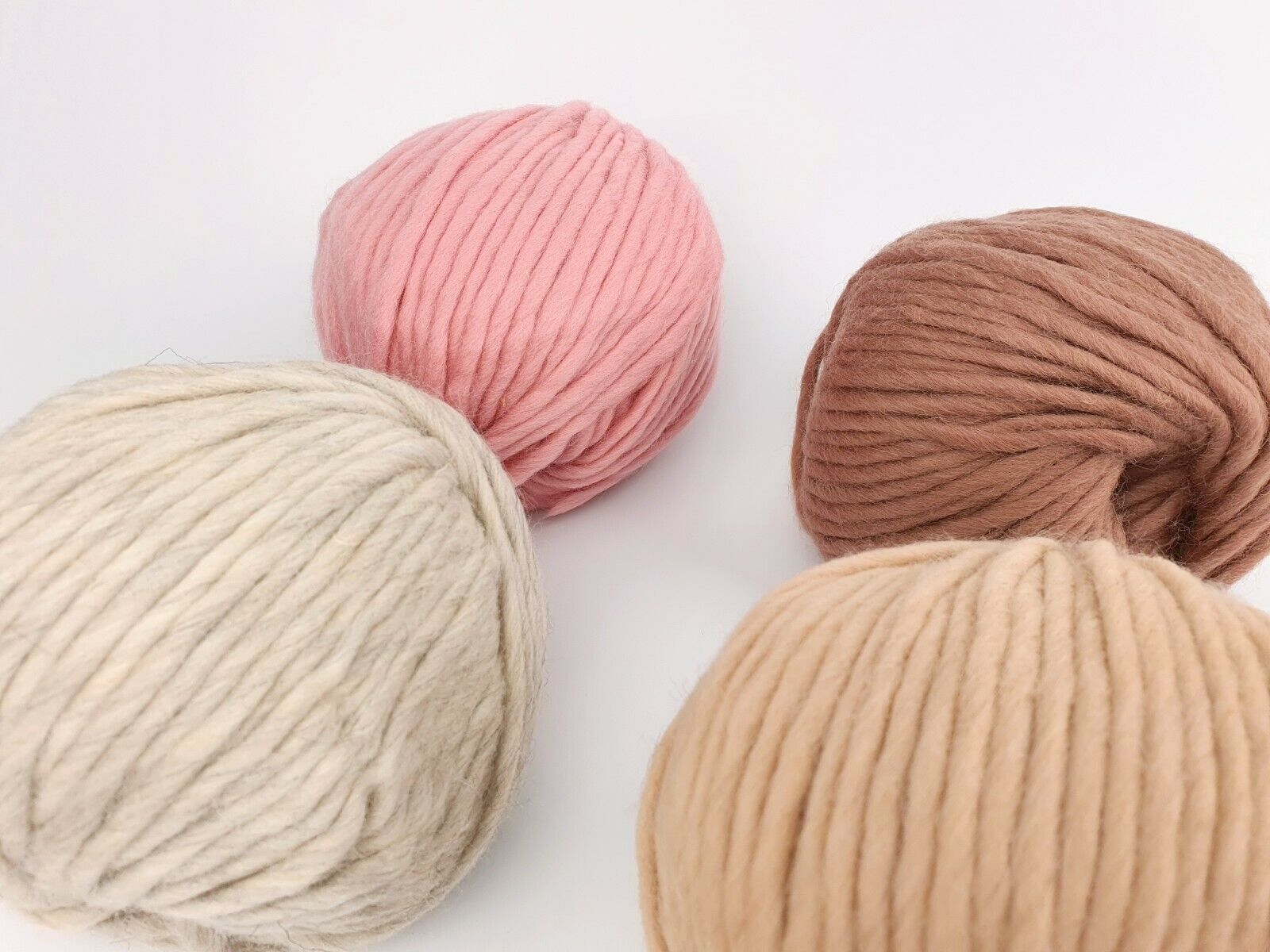
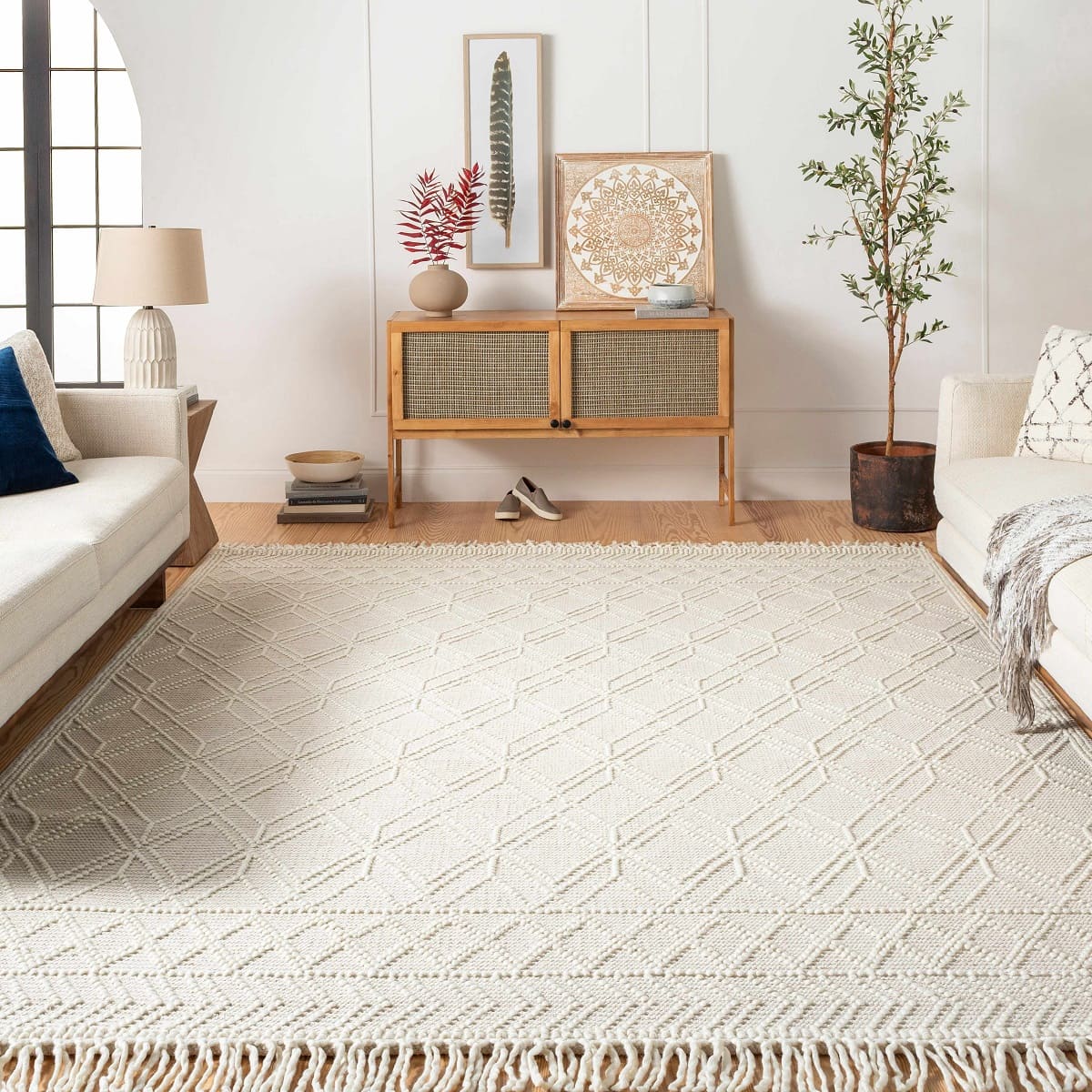
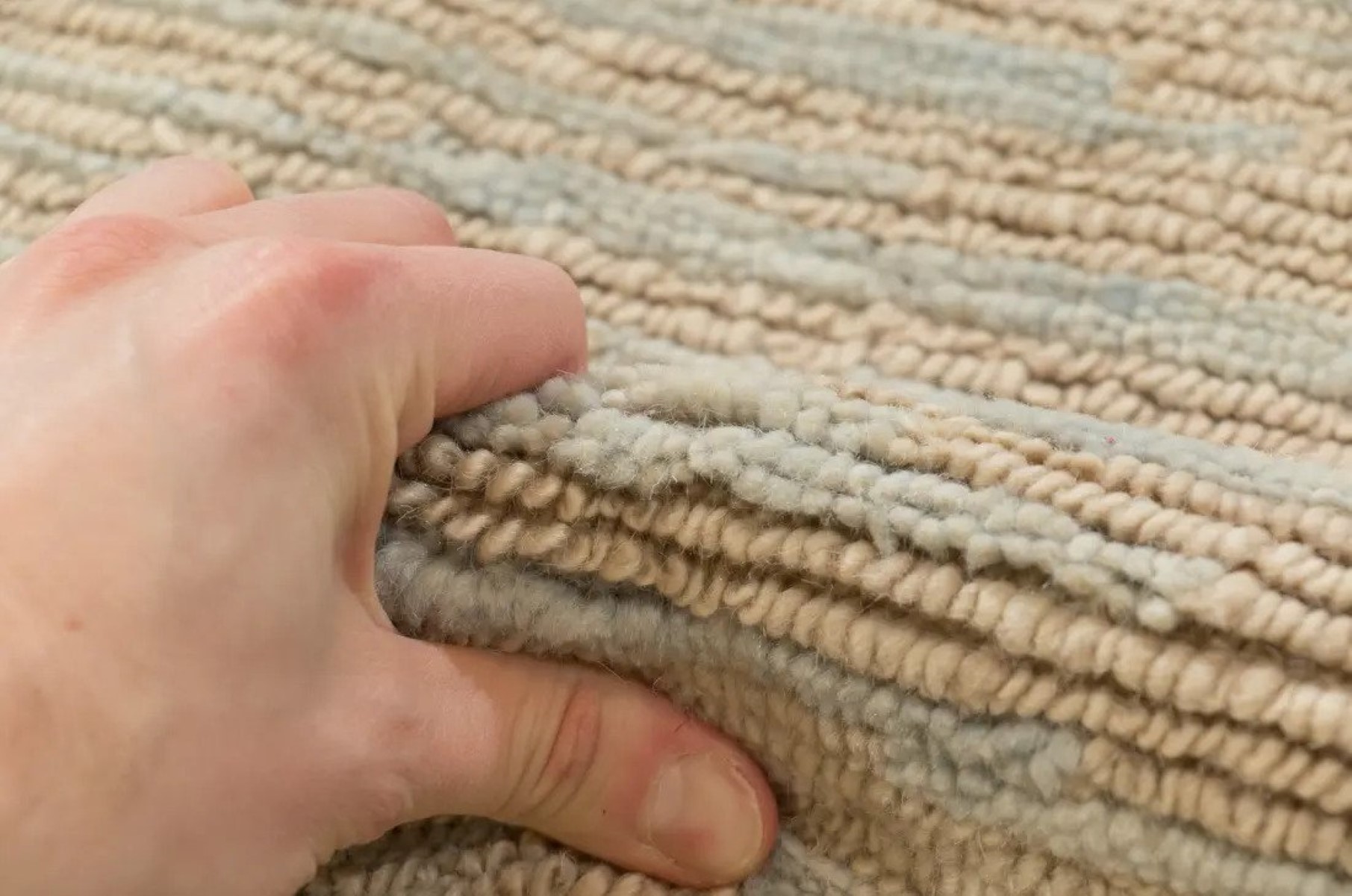
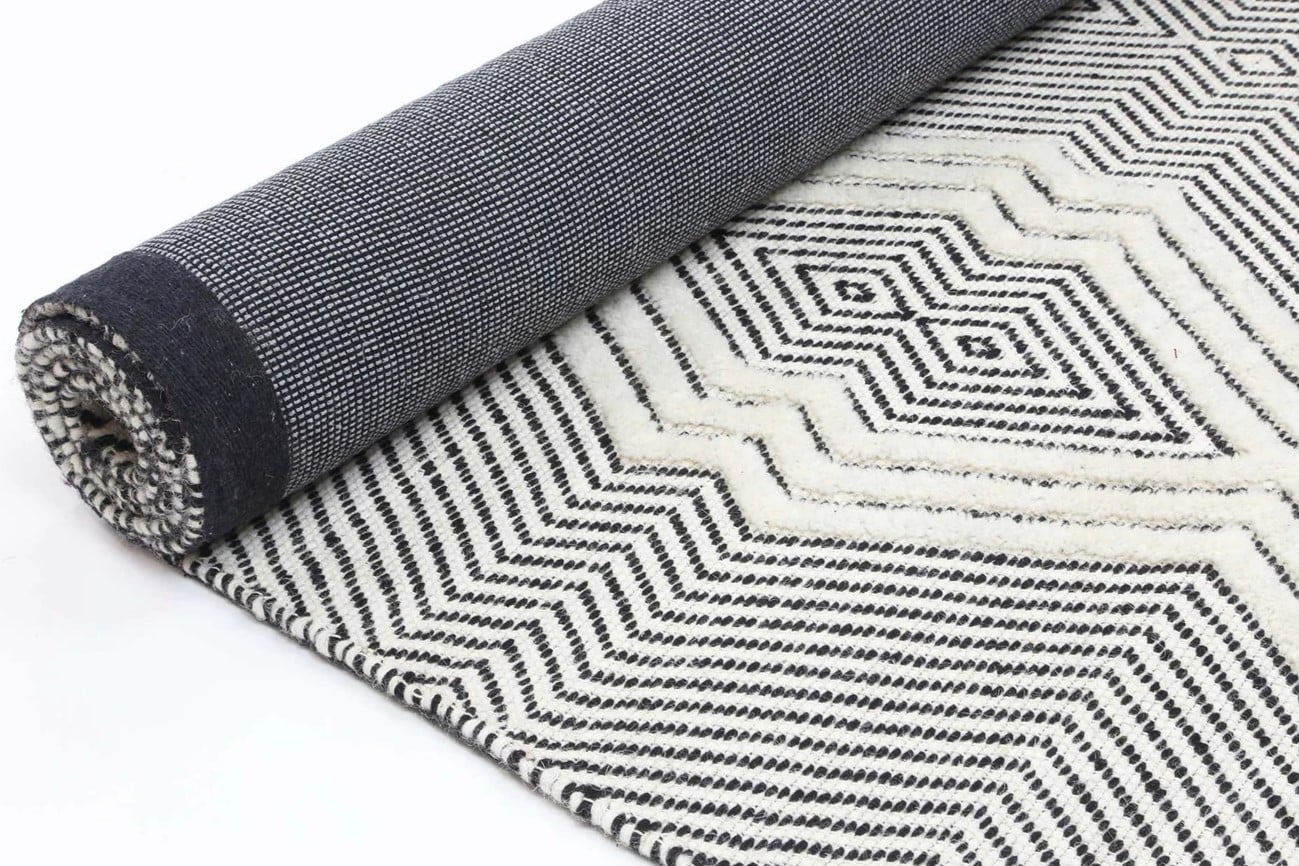
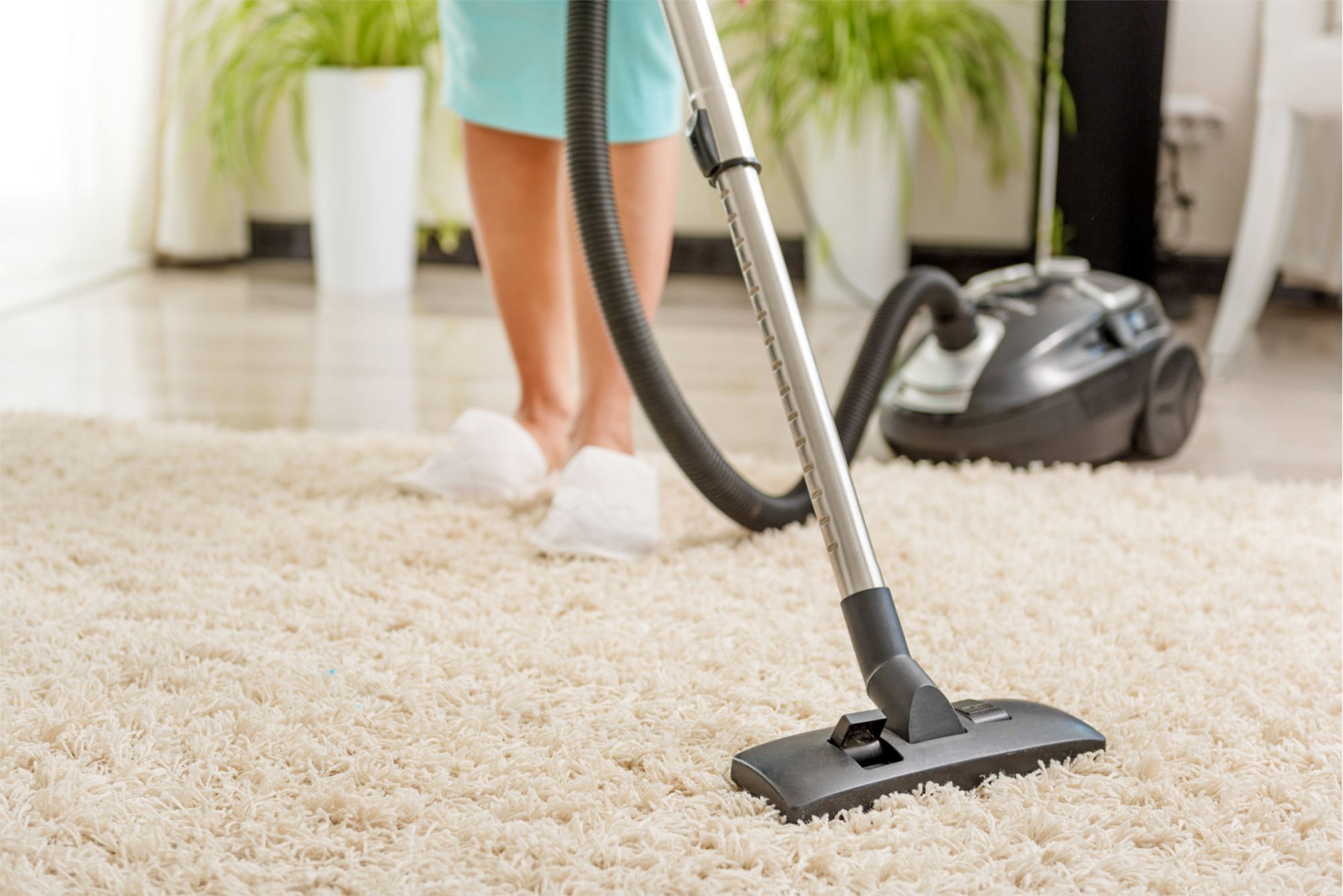

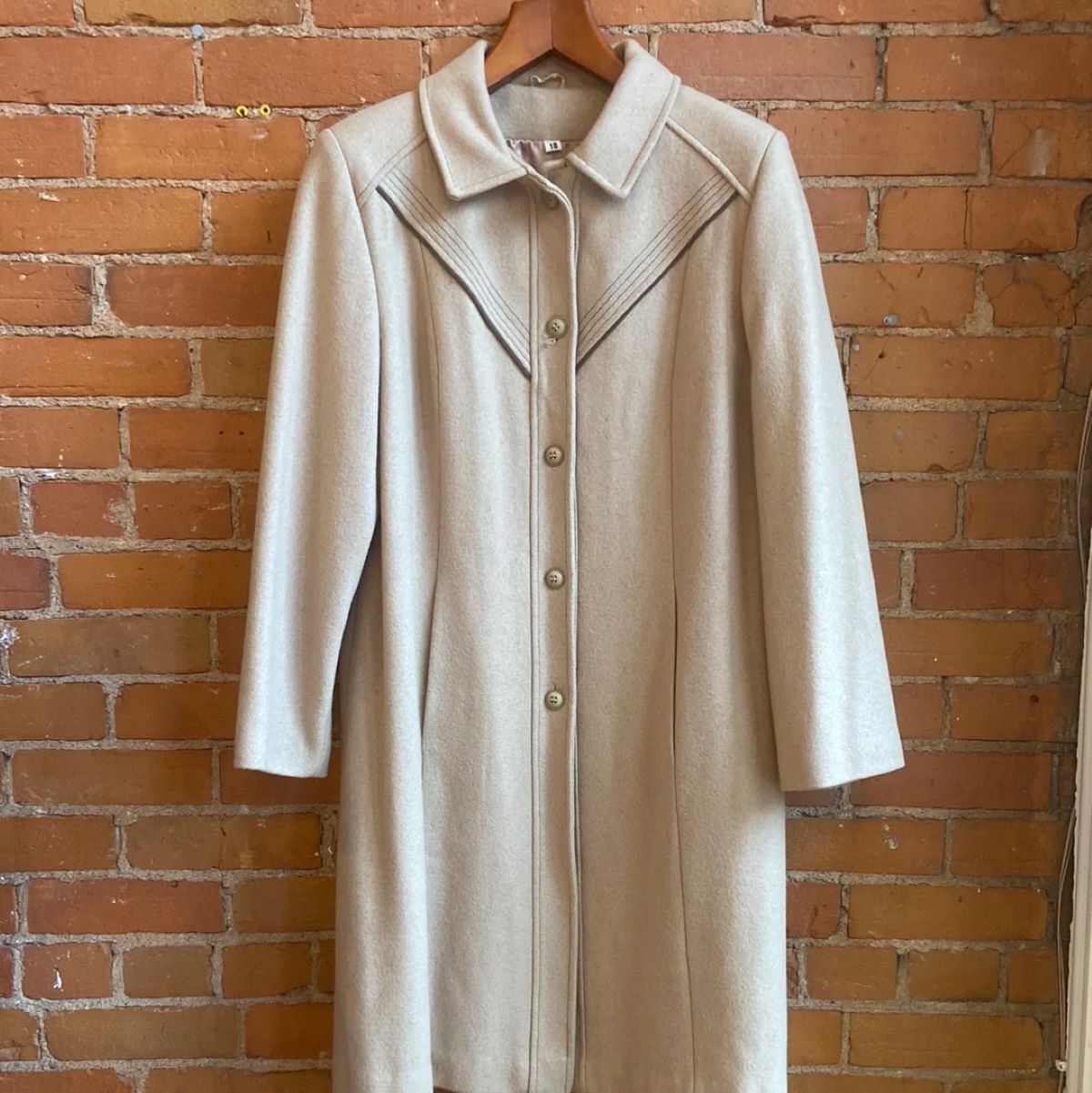
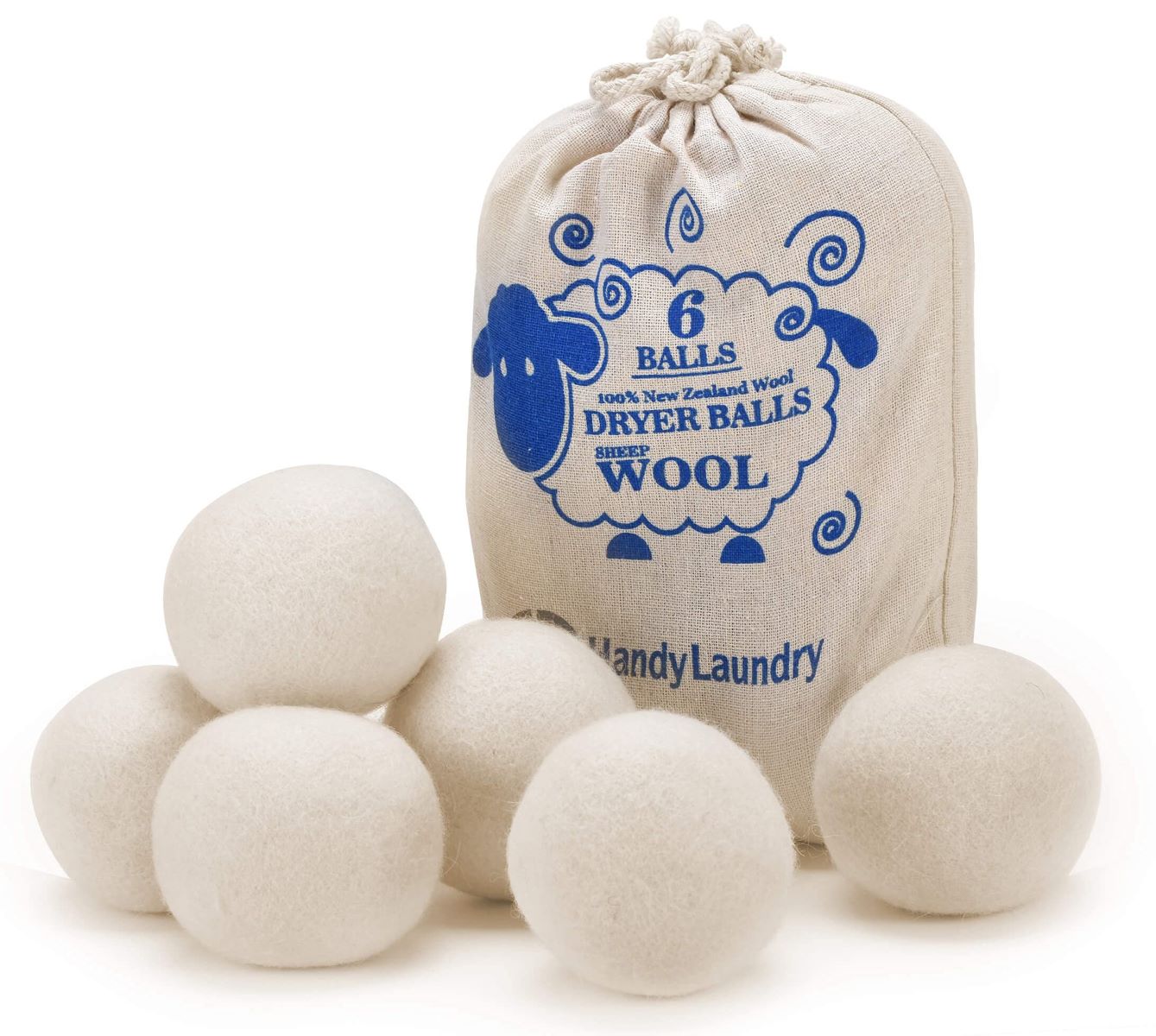
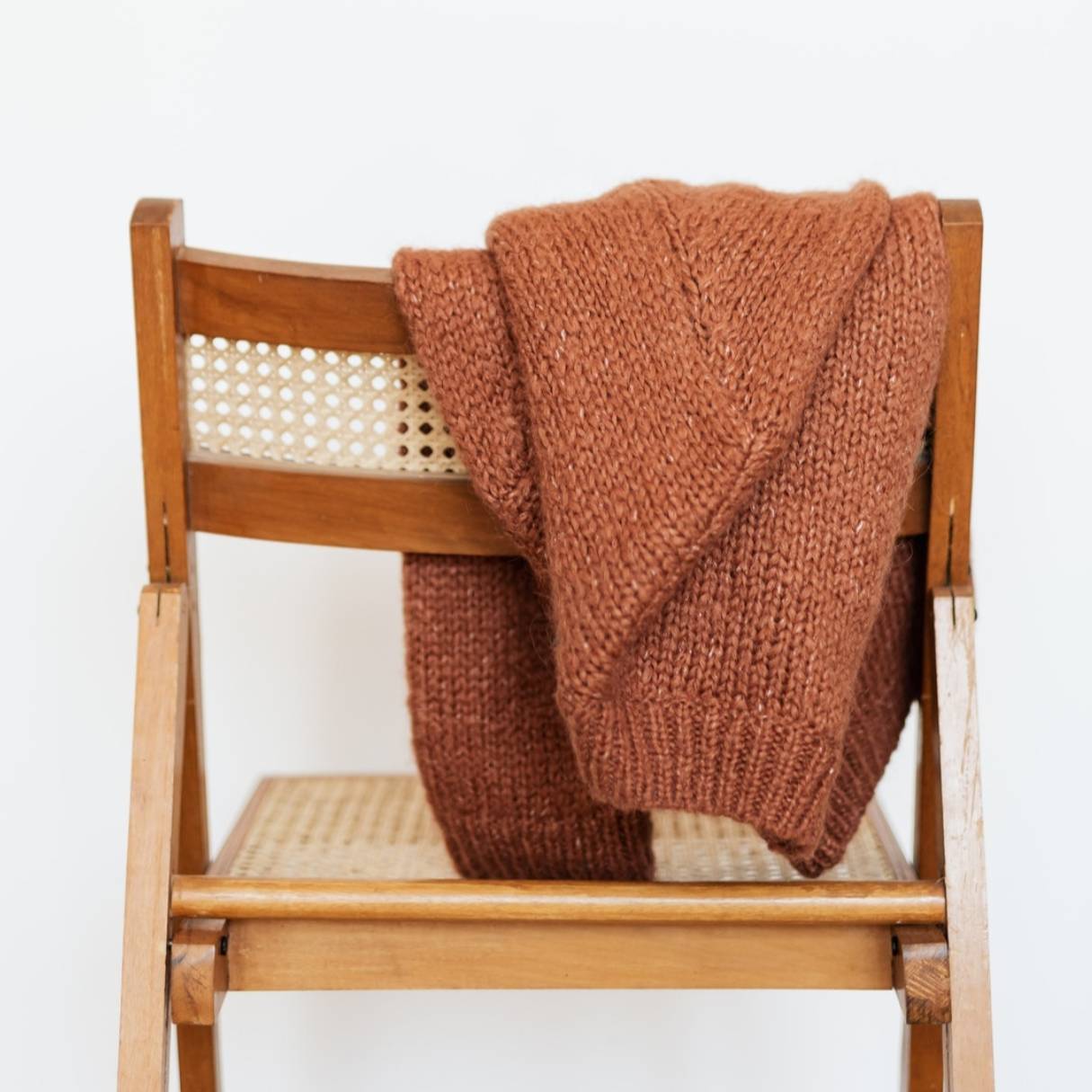
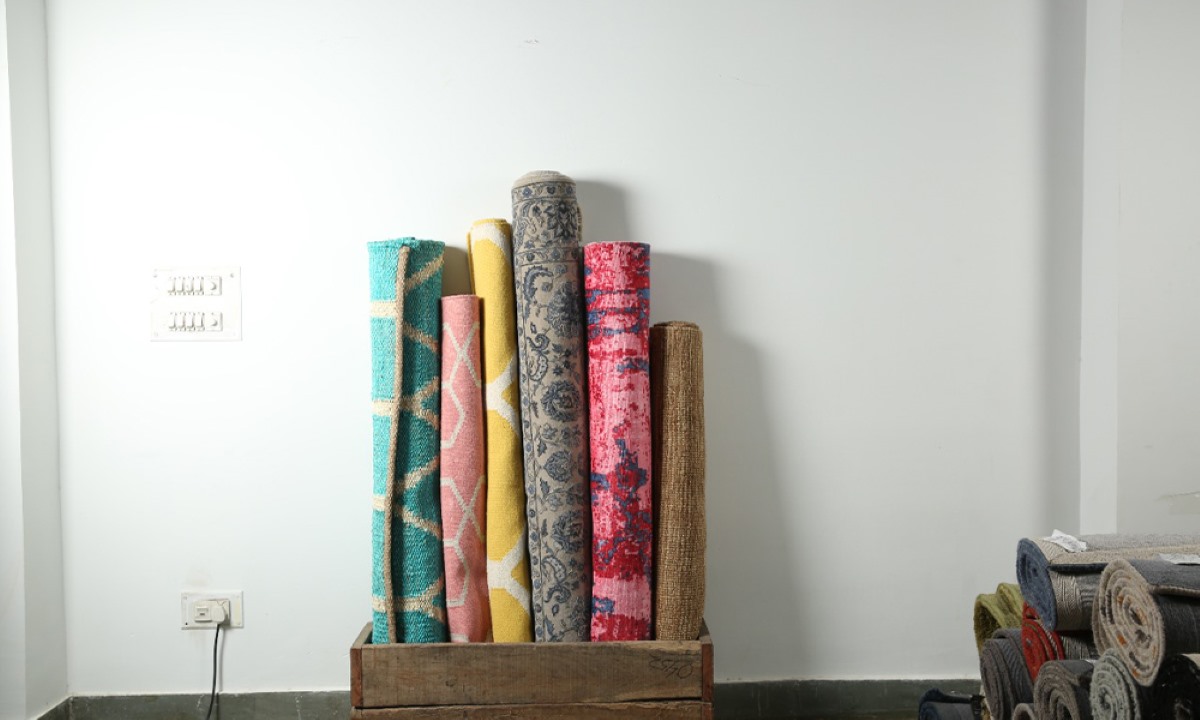

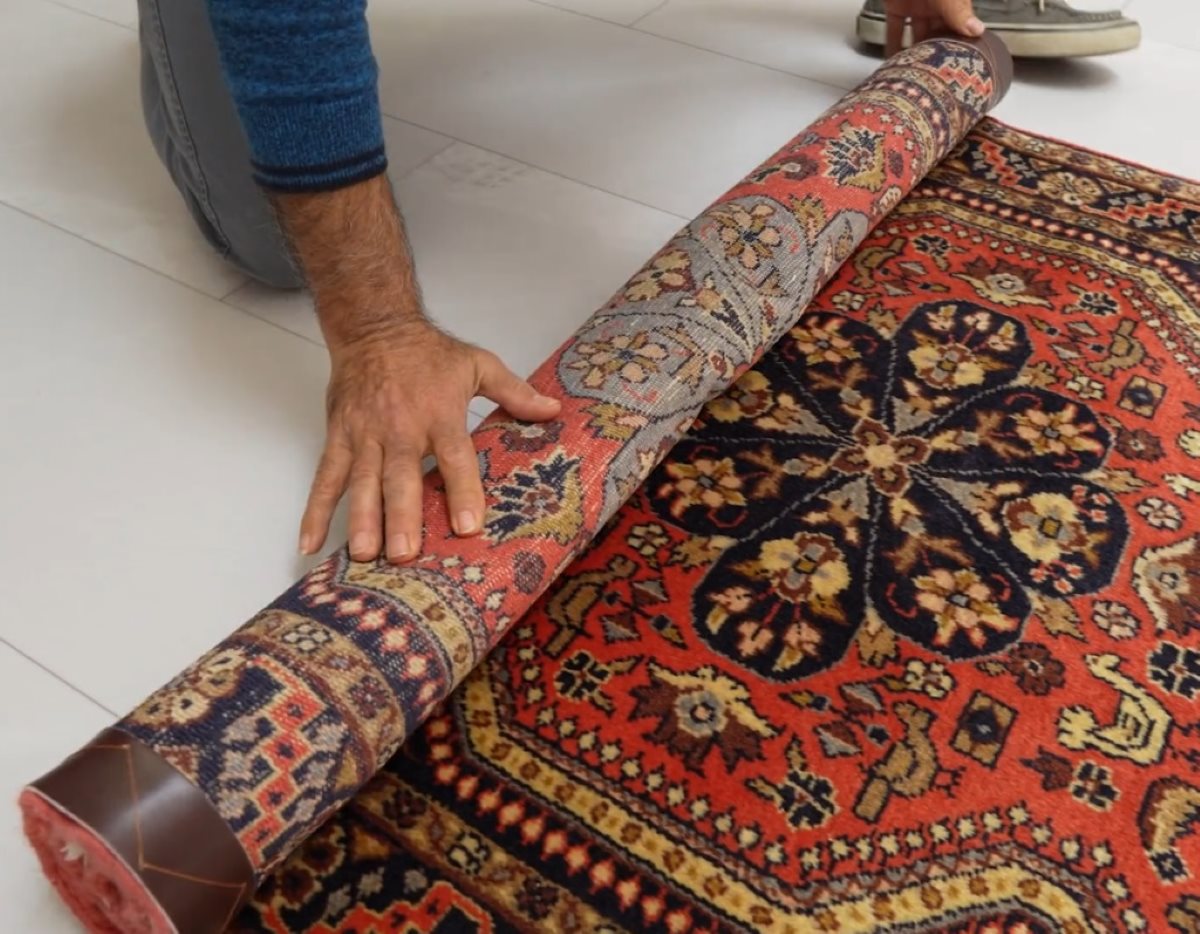
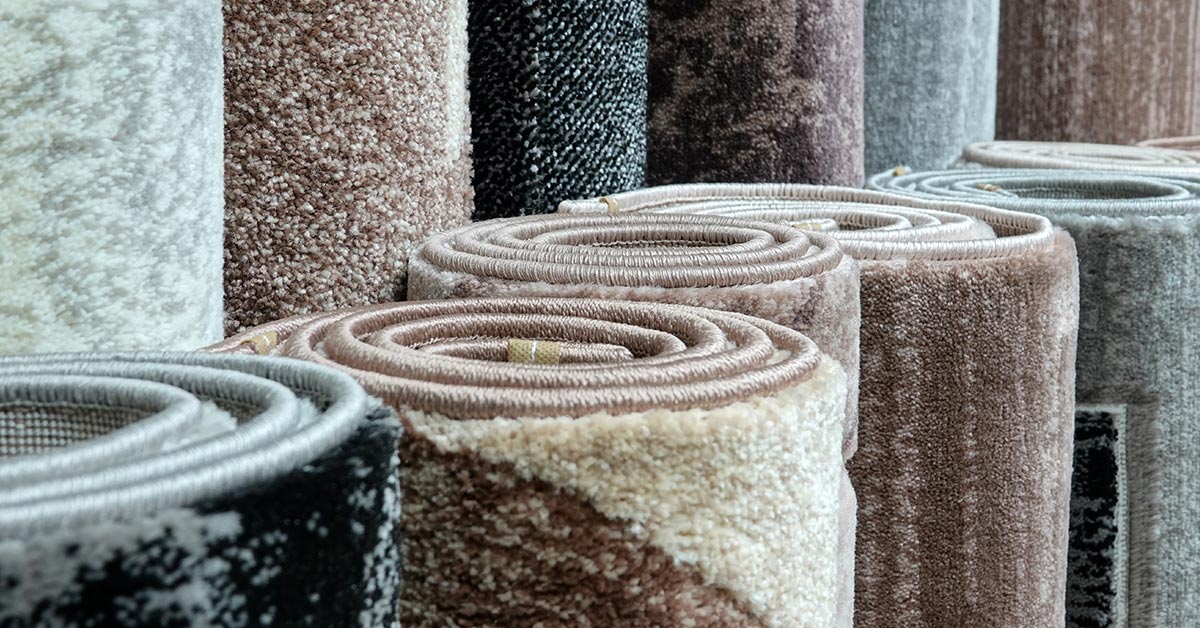
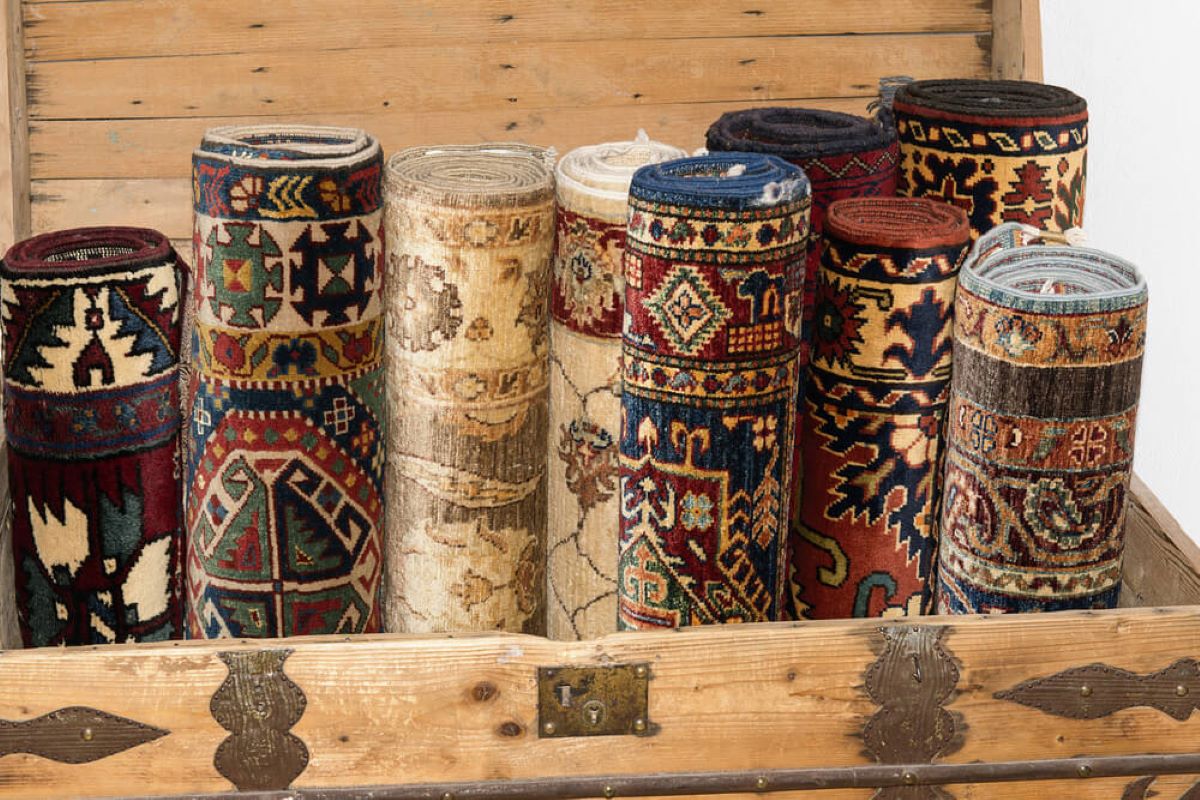

0 thoughts on “How To Store Wool Rugs”